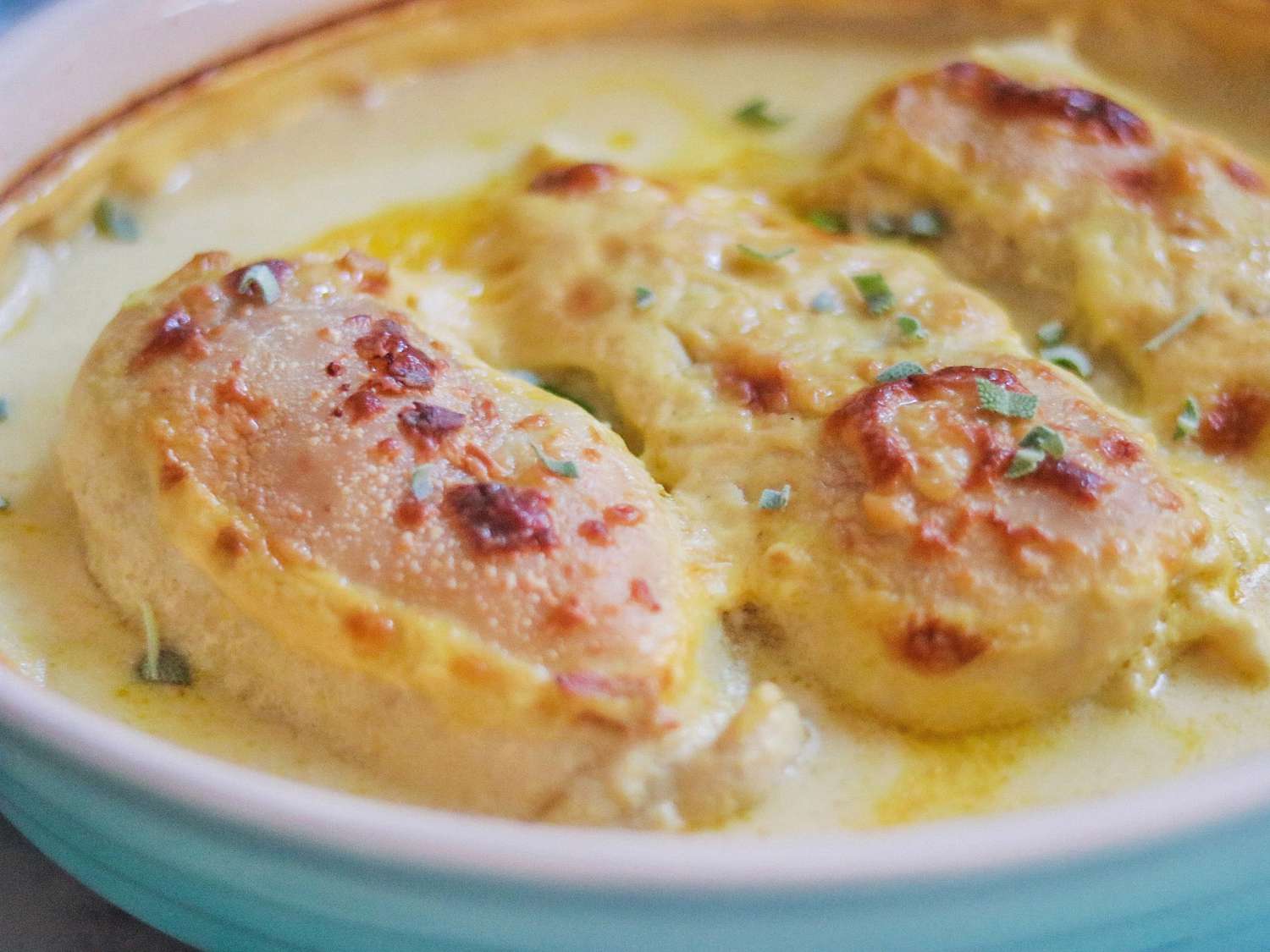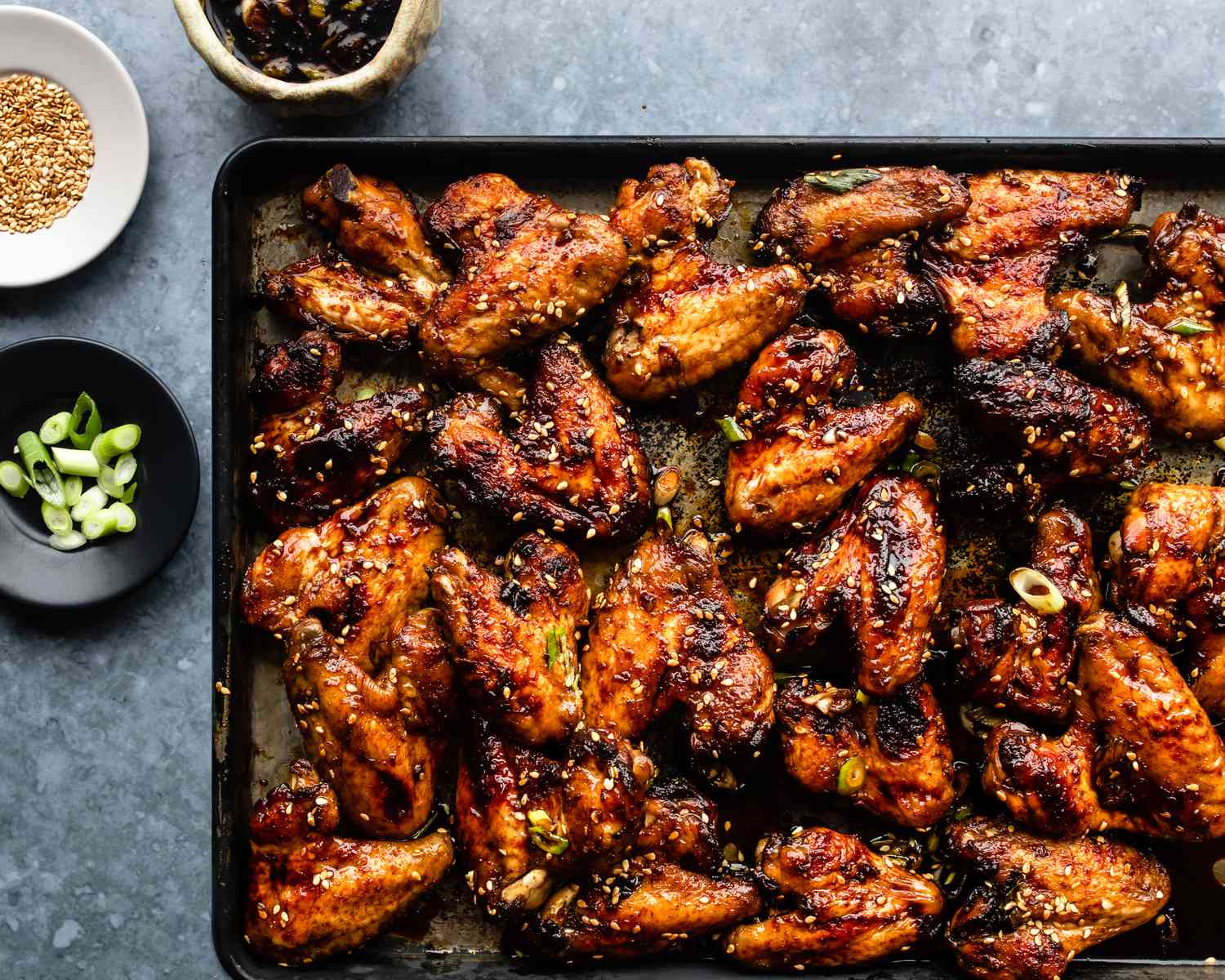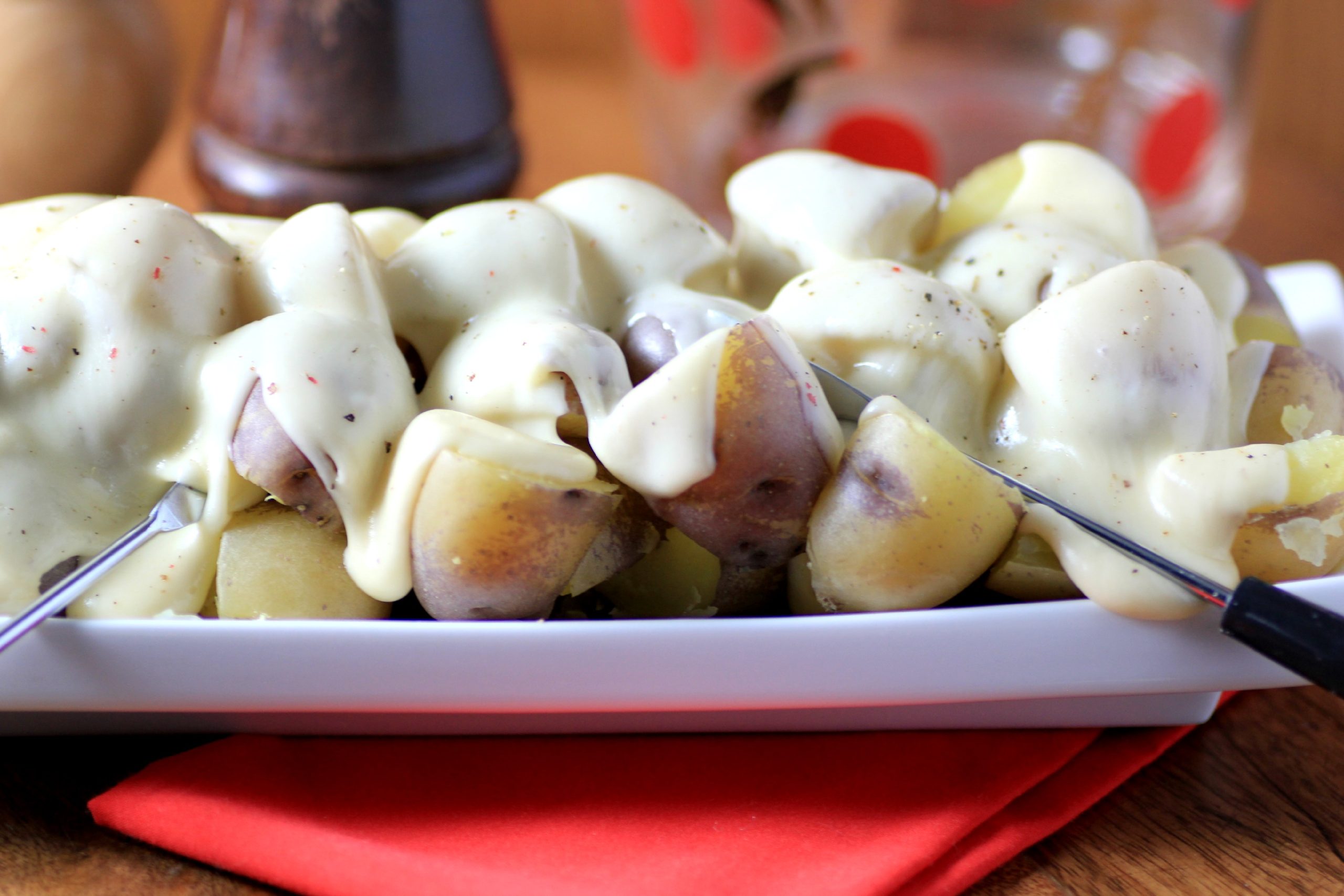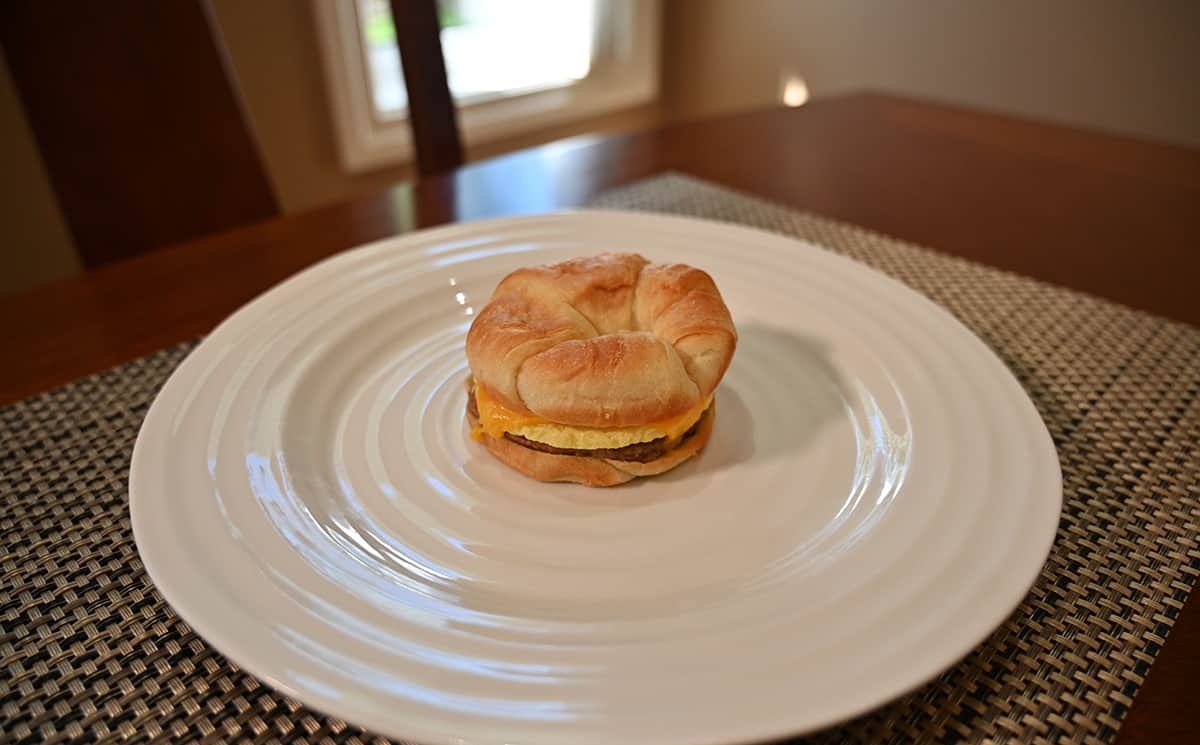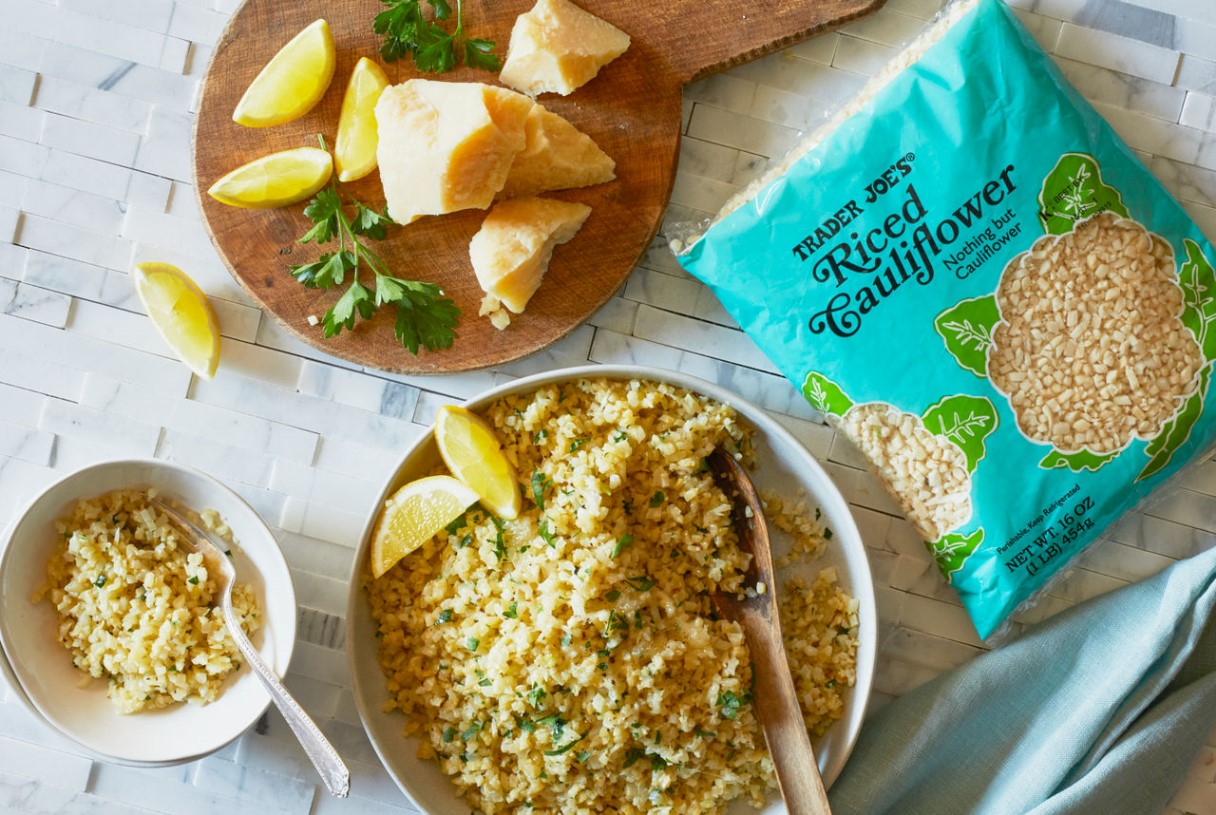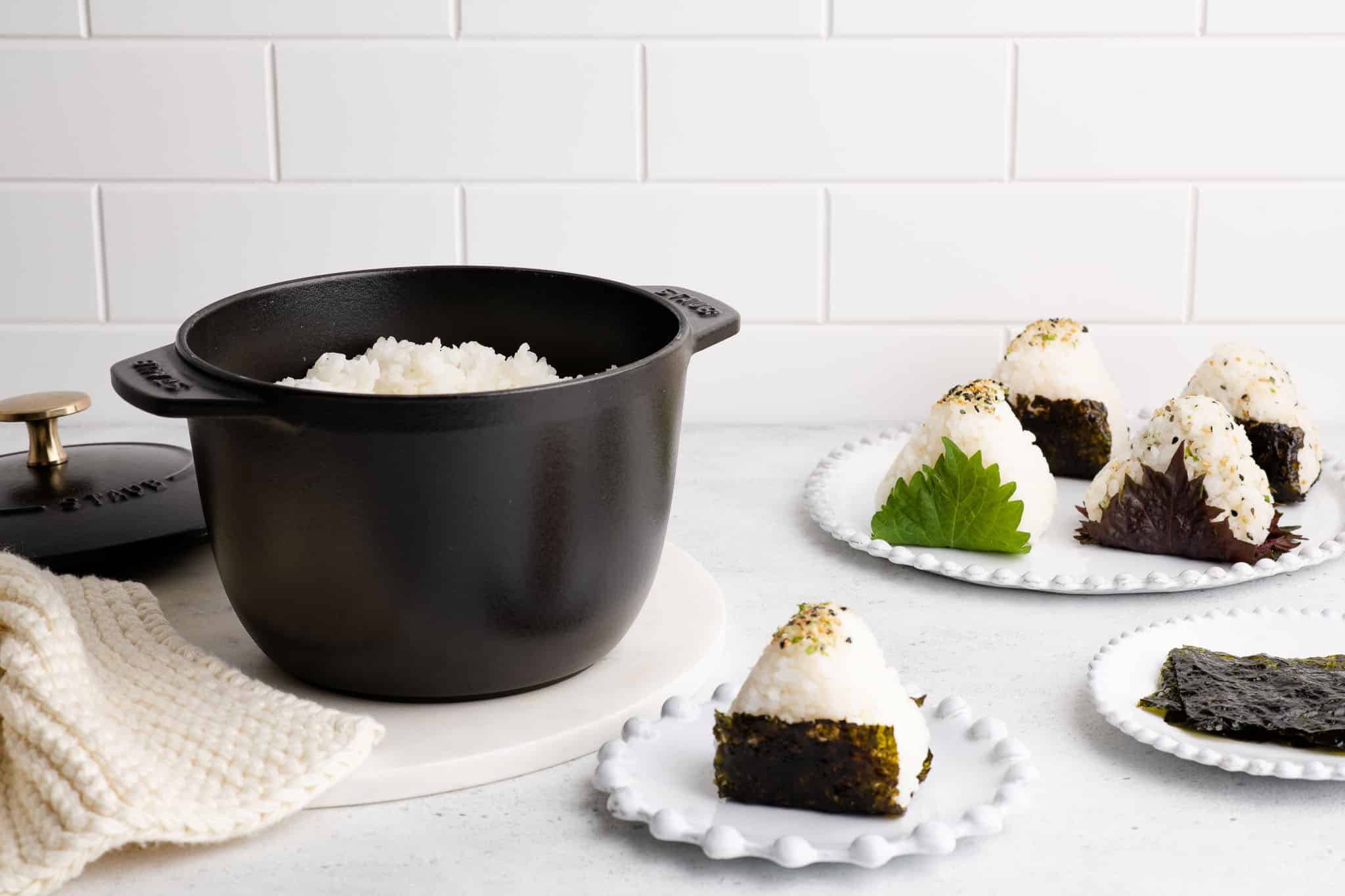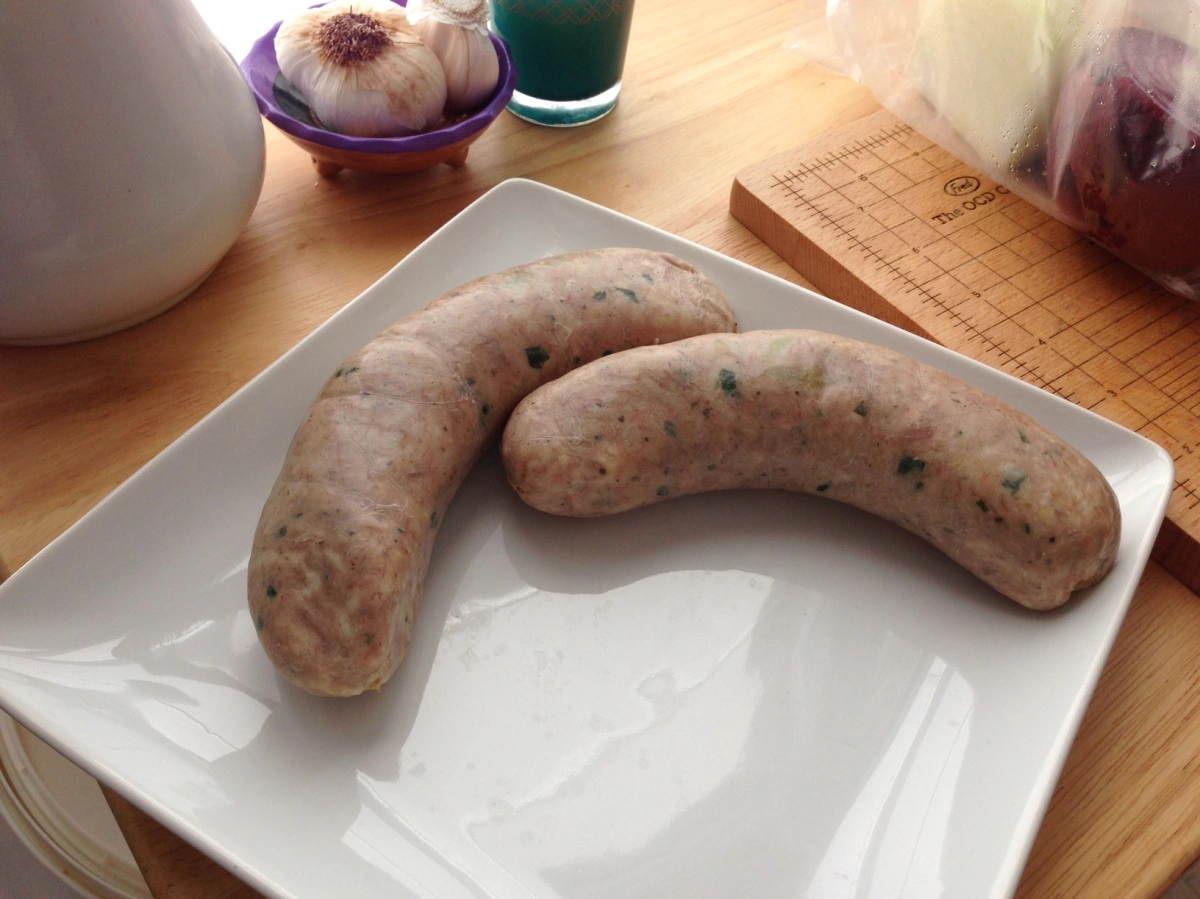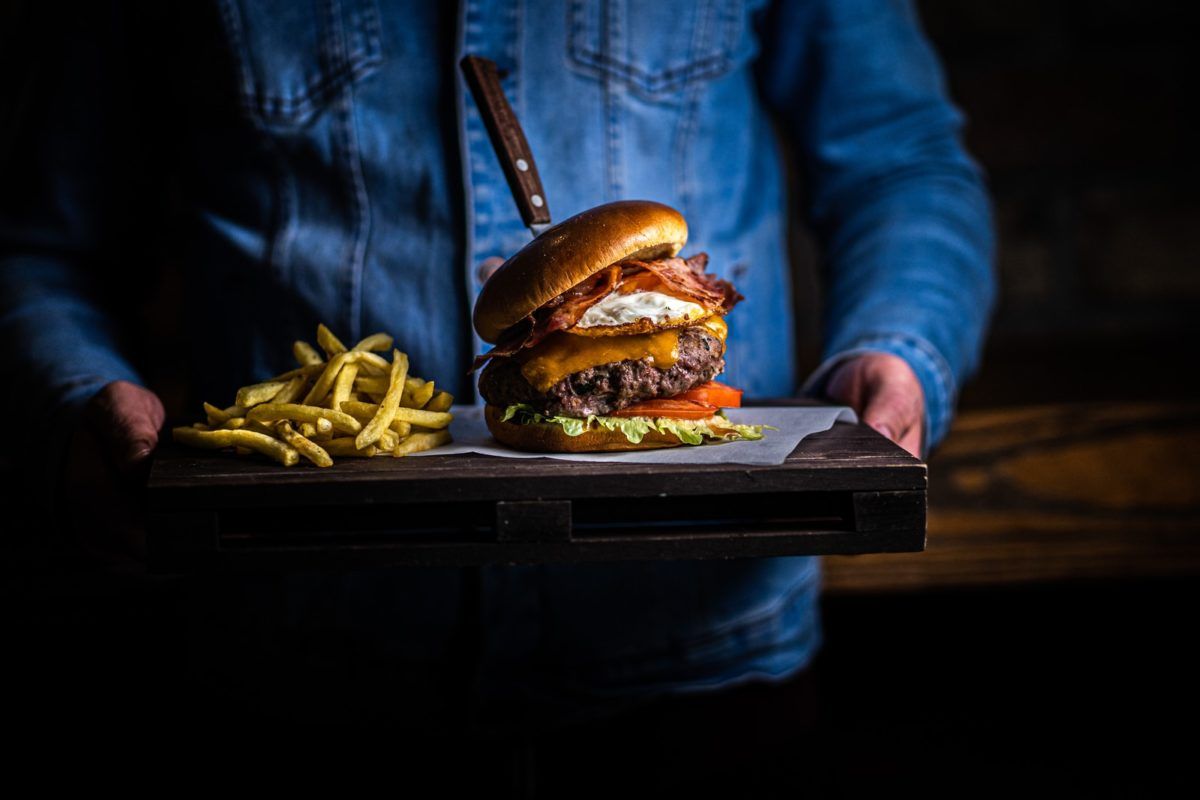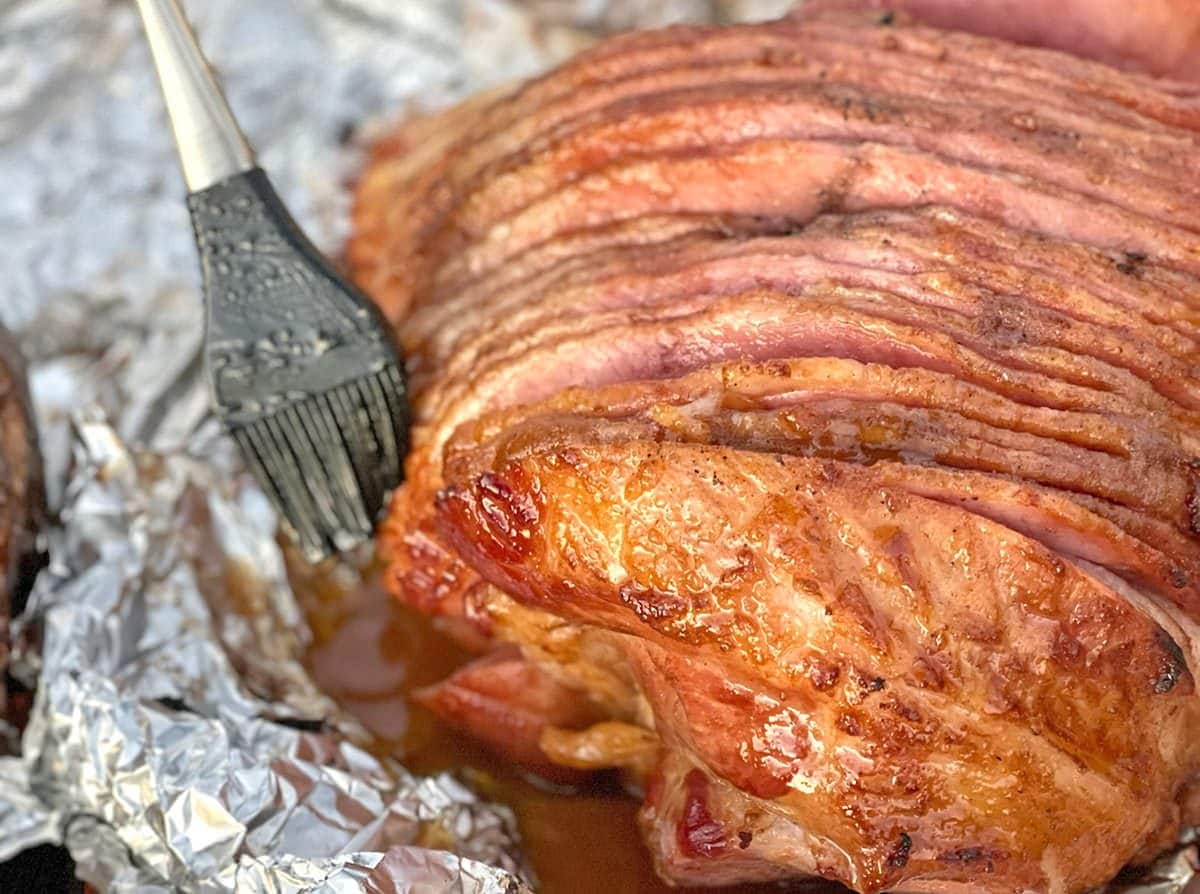Mastering the Art of Wild Hog Ribs: A Culinary Journey
When it comes to indulging in the flavors of the wild, few things can compare to the satisfaction of sinking your teeth into a perfectly cooked slab of wild hog ribs. These succulent cuts of meat offer a unique blend of tenderness and robustness that is simply unmatched. Whether you’re a seasoned chef or a cooking enthusiast, mastering the art of cooking wild hog ribs can elevate your culinary skills to a whole new level.
Here, we unveil the secrets to preparing and cooking wild hog ribs that will leave your taste buds begging for more.
Selecting the Perfect Cuts
Before you embark on your wild hog rib cooking adventure, it’s crucial to choose the right cuts of meat. Look for ribs with a good amount of marbling, as this fat will melt away during the cooking process, imparting incredible flavor and ensuring a moist end result. Ideally, you want ribs that are well-trimmed and have a rich, deep color.
- Choose ribs with a good amount of marbling for enhanced flavor.
- Look for well-trimmed ribs with a rich, deep color.
- Consider getting ribs from a reputable source to ensure quality.
Preparing the Ribs
Preparation is key to achieving tender and flavorful wild hog ribs. Start by removing the tough membrane on the bone side of the ribs. This can be done by gently lifting the membrane with a butter knife and then pulling it off using a paper towel for better grip. Next, generously season the ribs with your favorite dry rub or marinade. Allow the flavors to infuse by letting the ribs sit in the refrigerator for at least a couple of hours, or overnight for optimal results.
- Remove the tough membrane from the bone side of the ribs.
- Apply a generous amount of dry rub or marinade.
- Let the ribs marinate in the refrigerator for a few hours or overnight.
Cooking Techniques
When it comes to cooking wild hog ribs, you have several options to choose from. Here are three popular methods that will bring out the best in your ribs:
1. Slow and Low
Low and slow is the mantra for succulent wild hog ribs. Start by preheating your grill or smoker to a temperature of around 225°F (107°C). Place the ribs on the grill and let them cook indirectly for several hours, allowing the meat to become tender while infusing with all the flavors. You can baste the ribs with your favorite BBQ sauce during the final stages of cooking for an additional layer of tangy goodness.
2. Oven Baking
If grilling or smoking is not an option, you can still achieve delectable wild hog ribs using your oven. Preheat the oven to 275°F (135°C) and place the ribs on a baking sheet lined with aluminum foil. Cover the ribs with foil and let them cook for approximately three hours, or until the meat easily pulls away from the bone. Finish off by glazing the ribs with sauce and broiling for a few minutes for a beautifully caramelized crust.
3. Pressure Cooking
For a quick and convenient way to enjoy wild hog ribs, consider using a pressure cooker. Season the ribs, place them in the pressure cooker, and add a cup of flavorful liquid, such as broth or beer. Cook on high pressure for around 30-40 minutes, depending on the thickness of the ribs. Once cooked, you can transfer the ribs to a hot grill or under the broiler for a few minutes to achieve a smoky char.
Remember, regardless of the cooking method you choose, patience is key. Low and slow cooking allows the collagen in the ribs to break down, resulting in irresistibly tender meat that falls off the bone.
Serving and Enjoying
Finally, the moment of truth arrives, and it’s time to savor your masterpiece. Serve the wild hog ribs hot off the grill, basting them with a final glaze of your chosen sauce. Pair them with classic barbecue sides like cornbread, coleslaw, or baked beans for a complete and satisfying meal. Don’t forget to have plenty of napkins on hand, as these tender ribs can be gloriously messy to eat!
So, whether you’re hosting a backyard BBQ or looking to impress your friends and family with your culinary prowess, mastering the art of cooking wild hog ribs will undoubtedly make you the star of the show. Follow these tips, experiment with flavors, and let your taste buds embark on a wild and mouthwatering adventure!
For anyone looking to master the art of cooking wild hog ribs, there's a range of recipes to explore. Start with the Classic BBQ Wild Hog Ribs for a traditional take that's sure to please a crowd. If you have a sweet tooth, the Smoky Wild Hog Ribs with Honey Glaze and Sweet and Tangy Wild Hog Ribs offer delightful combinations of flavors. For those who enjoy a bit of heat, the Spicy Dry Rubbed Wild Hog Ribs are a perfect choice. For a unique twist, the Wild Hog Ribs with Apple Cider Marinade and Wild Hog Ribs with Bourbon BBQ Sauce provide rich, robust flavors. Adventurous cooks might enjoy the Asian-Inspired Wild Hog Ribs with Soy-Ginger Glaze, which introduces a savory, umami kick. Each recipe presents a different way to enjoy wild hog ribs, and trying out a variety of these will help you find your favorite.
Was this page helpful?
Read Next: How To Cook White Fungus
